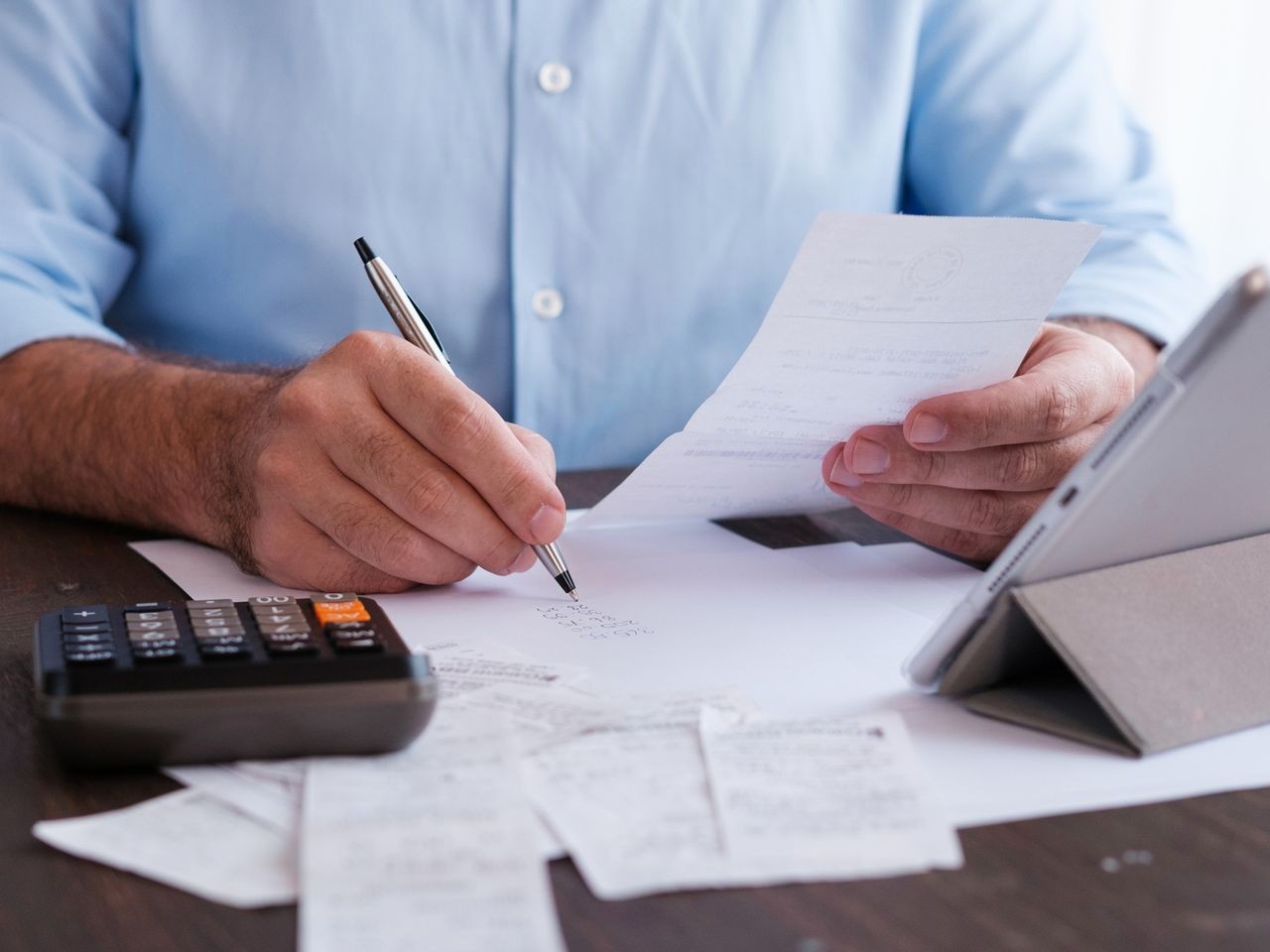A prolonged, severe fall in economic activity is called a recession. Five economic indicators—actual gross domestic product, income, employment, manufacturing, and retail sales—show a decline.
What Causes Recessions?
A recession is when an economy reduces economic production, income, and employment losses.
A recession happens when the GDP growth rate is negative for two or more consecutive quarters. Still, a recession can quietly begin before quarterly gross domestic product data are issued. Because of this, the National Bureau of Economic Research (NBER) uses monthly statistics to analyze four parameters to determine if a recession has occurred. When these economic indicators fall, so does GDP.
Why do recessions happen?
One of the consistently researched topics in economics has been the causes of recessions. Recessions happen for a multitude of reasons. Some are related to rapid variations in the prices of the inputs used in manufacturing products and services. For example, an immediate spike in oil costs might be a precursor of a recession. As energy prices rise, the general price level also increases, which lowers aggregate demand. Likewise, a nation’s decision to use contractionary monetary or fiscal measures to reduce inflation might set off a recession. When employed excessively, such policies can lead to a drop in product and service demand, eventually leading to a recession.
A mild recession is what?
If the country’s gross domestic product, or economic activity, decreases by 1.2% and the unemployment rate increases from a 50-year low of 3.5% to 5.4%, a moderate recession may lose the economy 1.8 million jobs. Even while hiring remained high despite concerns of a downturn in October, the national unemployment rate increased from 3.5% to 3.7%.
What exactly is a severe recession?
A severe recession might result in losing 3 to 4 million jobs, a decrease in GDP of 2.5% to 2.7%, and a 7% unemployment rate. According to the Federal Reserve, the “Great Recession” from December 2007 to June 2009 was the most extended economic slump since World War II.
A recession can begin in various ways, such as by an unexpected economic shock or the effects of unchecked inflation. However, one of the primary causes of a recession is one of the following phenomena:
- Economic shock
This is an unanticipated issue that causes significant financial harm.
- Excessive debt
The expense of debt servicing can rise so that people or companies who take on excessive debt cannot make their payments.
- Too much inflation
It is the gradual, rising trend in prices known as inflation.
- Too much deflation
Deflation occurs when prices drop over time, leading to decreased earnings and further lowering costs.
- Asset Bubbles
Emotionally motivated investing decisions almost always result in poor economic consequences. For example, during a booming economy, investors may need more confidence.
- Technological change
New discoveries boost productivity and benefit the economy over time, but there may also be a short period of acclimatization to new technological developments.
FINAL INSIGHT
In general, a recession causes a reduction in an economy’s gross domestic product, manufacturing, and consumer expenditure, a slowdown in new buildings, and an increase in unemployment.




